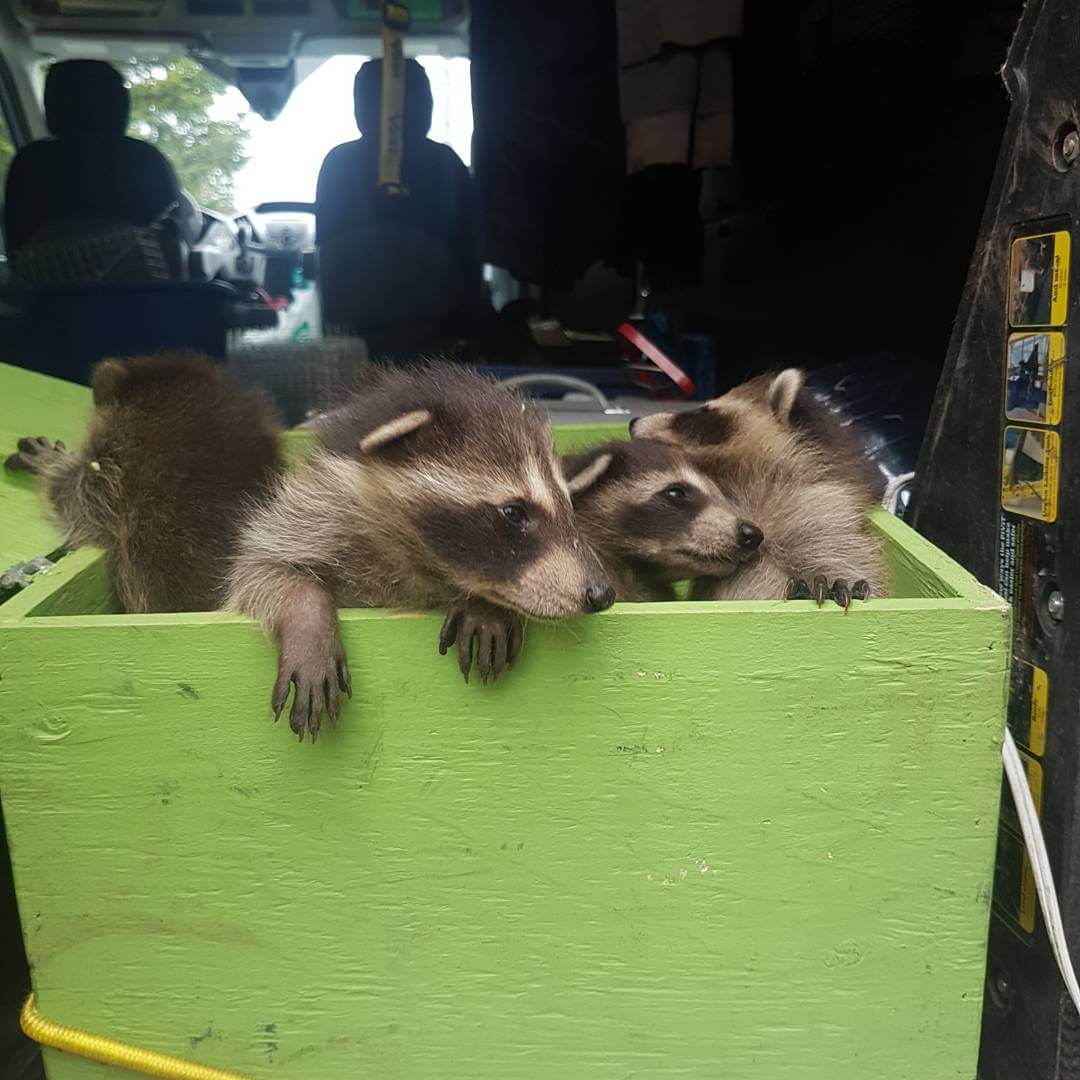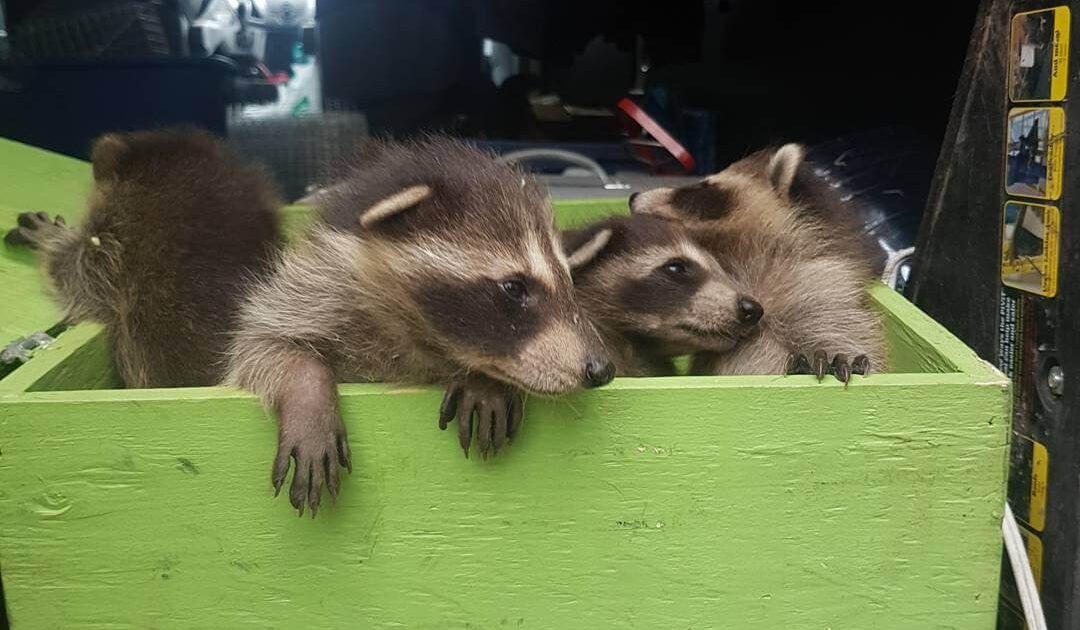Many people find the sounds and sites of nature relaxing. Sitting on a back porch listening to the birds chirping as squirrels and rabbits scamper through your yard is the definition of serene. Unfortunately, not all wildlife interactions are so peaceful and welcome. While people tend to love nature at a distance, they prefer it not to come into their homes where it can cause significant damage and expense. Raccoons are one animal species that has a knack for finding vulnerable entry points into your home, and once there, you will need to call raccoon control Coquitlam. The remainder of this article will hopefully provide a better understanding of your house’s appeal and ways to remove the animals before significant harm comes to your property.
Why Are Attics So Appealing?
Most homeowners who have run-ins with raccoons deal with them in attic spaces. While it might seem odd, attics provide ideal nesting space for the nocturnal animal. Attic spaces tend to be dark, quiet and insulated. Raccoons want to find a safe, warm place to sleep and keep their babies safe from predators and prying eyes. Most homeowners do not go into their attics often, meaning that an animal can be relatively sure it will not come across a human or another predator.
How Do You Know If a Raccoon Had Babies?
Raccoon babies can vocalize from birth, but most people will confuse the sounds for birds. However, by the time the babies are six weeks old, they will have the strength and flexibility to move around the den site or attic space. It is easy to discern from birds and raccoons inside the attic at this point because the noise is loud and frequent. Therefore, the best way to tell if a raccoon had babies is to listen for them.
Removing Raccoons From an Attic Space
No homeowner without significant wildlife training and experience should attempt to remove raccoons from their attic space alone. Raccoons can be defensive, and if they have babies, they can be protective. Because of the risk of injury and infection, it is best to leave wildlife removal to professionals.
Exclusion and Prevention
A professional will assess the entire property, not just the attic. They want to learn how the animal got into the property to resolve the problem for good. While sealing off the entry points is necessary, it is always preferable for the animals to leave on their own. Specialists will install one-way exits over entrances, meaning the animal can go, but it won’t be able to return. Depending on the age of the babies, they may follow the momma. If they are too young, the wildlife technician will wait for the mother to leave and then bring the babies outside, putting them someplace comfortable for the mother to find them. With all the raccoons out of your home, the wildlife control team will seal all the entry points, ensuring you do not have any more problems.
Calling a Professional for Help
When calling a professional service, it is best to work with humane animal control companies. These services do what is best for the homeowner and the animal, ensuring both can move on safely from the experience. All creatures play a role in the environment, and it is wrong to harm an animal for merely trying to survive.
Do you believe you have a raccoon living in your attic? Have you heard evidence of babies? If so, do not attempt to remove the critters on your own. Contact Skedaddle Humane Wildlife Control and schedule a property assessment. A wildlife technician will come out and inspect your home for evidence of unwelcome visitors.




